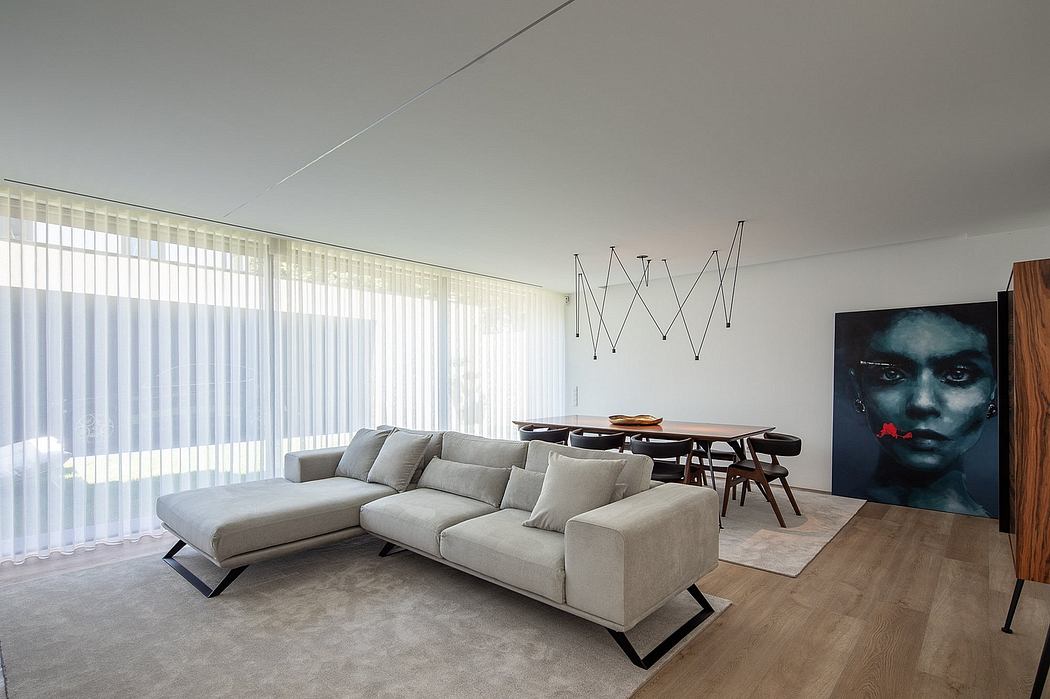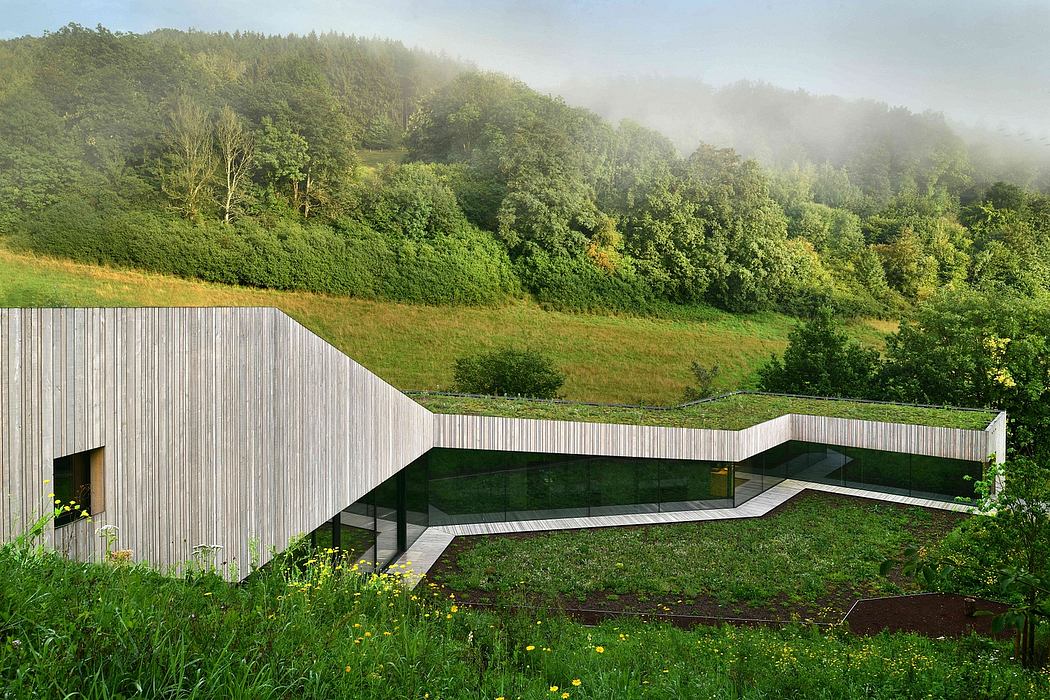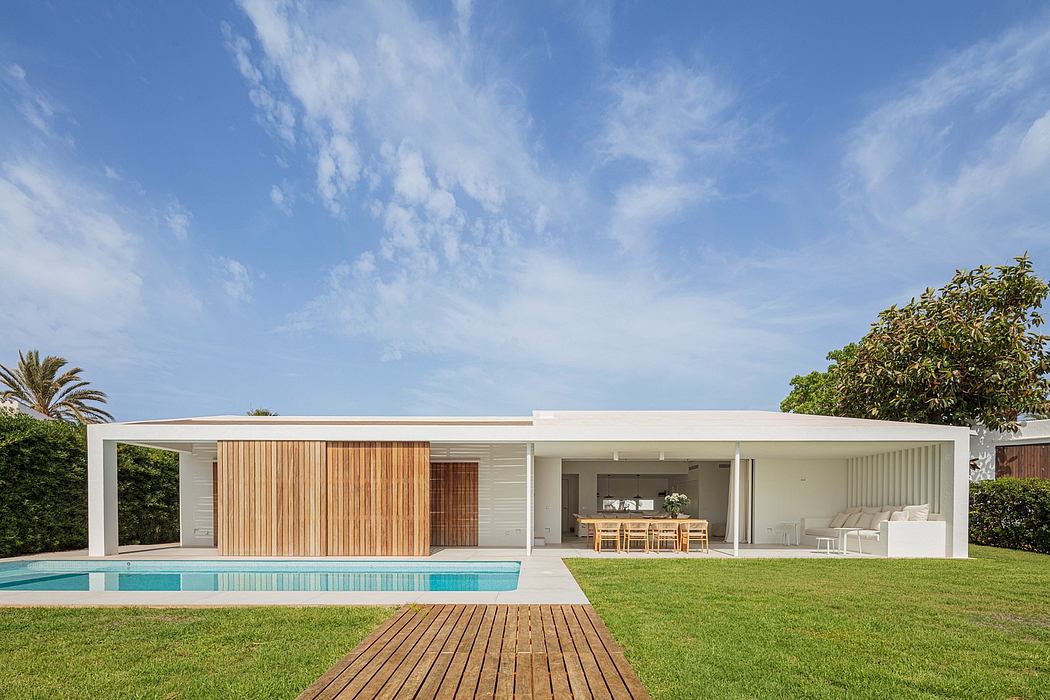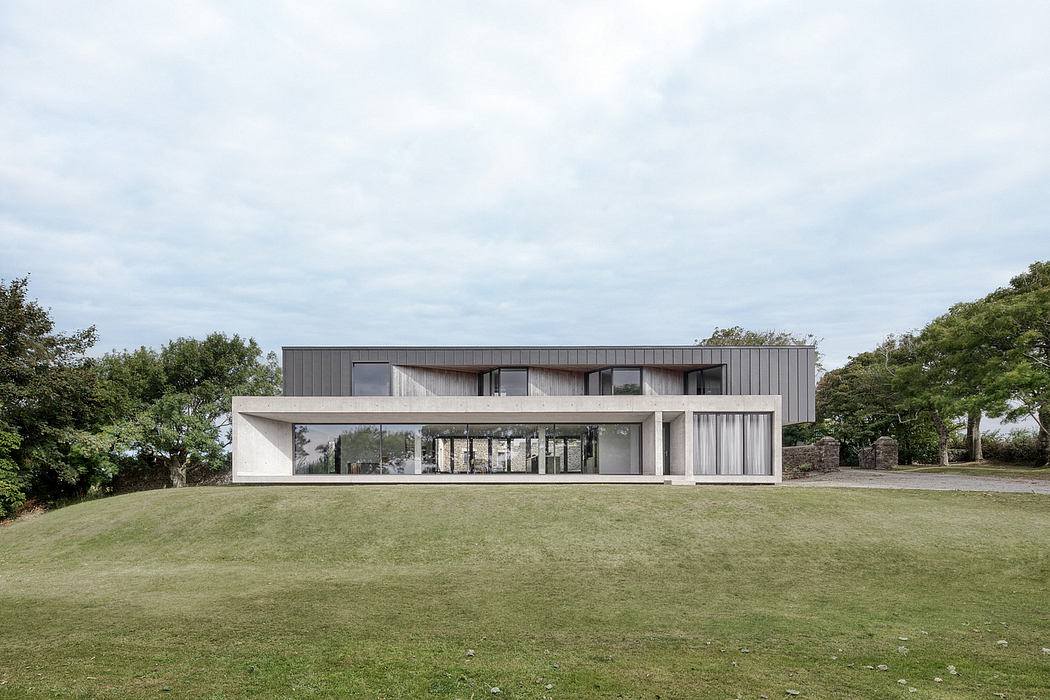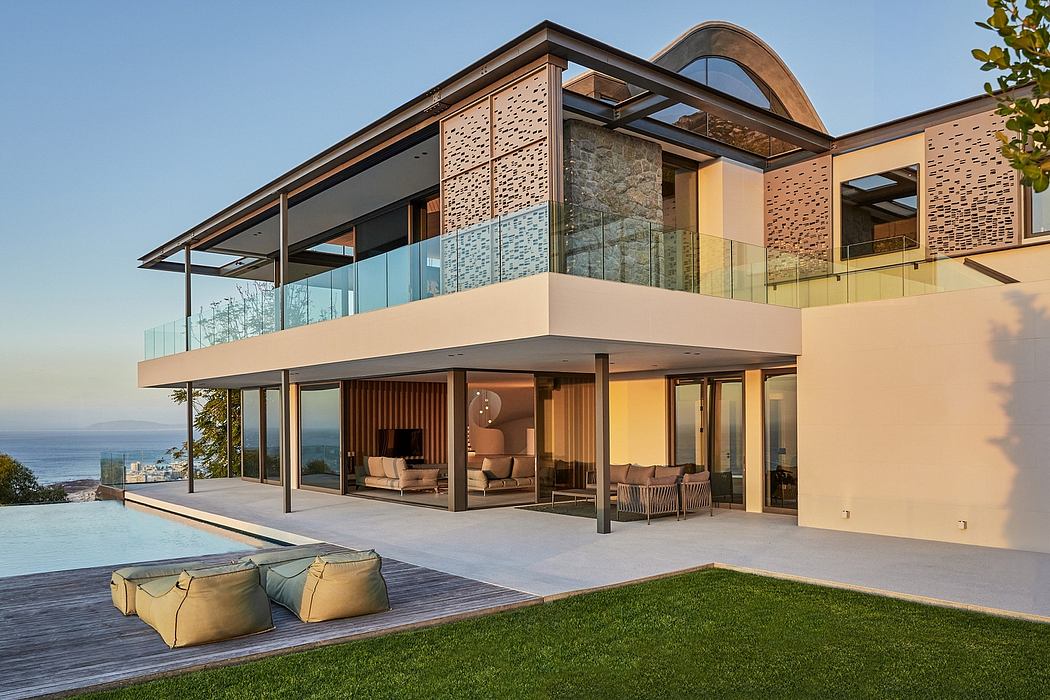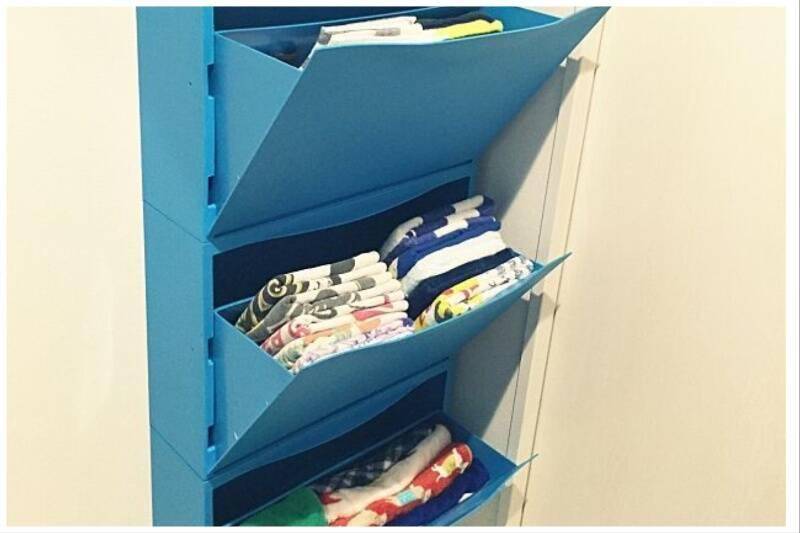Habitat 67: From a Thesis Project to Reality

Habitat 67 was designed by Israeli-Canadian architect Moshe Safdie as a master’s thesis project but was later developed for Expo 67, in 1967. It was built in Montreal, Quebec. Having been inspired by Metabolism, a post-war Japanese architectural movement, Safdie’s original intent was to create a high-quality housing solution for the populated urban areas. Habitat 67 consists of 354 prefabricated modules or ‘boxes’ that are stacked together and connected by high-tension rods, welding, and steel cables.
adamfriedbergphoto
Sofdie’s other aim was to make housing affordable with his project, however, rising demand for his houses made them more expensive than originally planned. The Canadian government also reduced the number of residences to 158 and the expenses for construction kept growing. But the popularity of Habitat 67 helped Safdie to launch his career as an architect.
The complex consists of walkways, communal spaces, and terraces to give its residents a natural environment while also granting privacy. Due to its popularity, in 2009, the Quebec government gave the project heritage status. Now, there are even organized tours for those who want to see it. Although there are problems within the houses like leakage and mold, Habitat 67 continues to stay as a visionary inspiration for world architecture.
sasa.stark
dc_hillier
jfsavaria
tripofthemonth_
arch_laura
kjkrzysiu
jfsavaria
The post Habitat 67:...
Source:
themindcircle
URL:
http://themindcircle.com/category/architecture/
| -------------------------------- |
| DISEÃO DE UNA CASA EN TERRENO INCLINADO 21 Estructura. |
|
|





